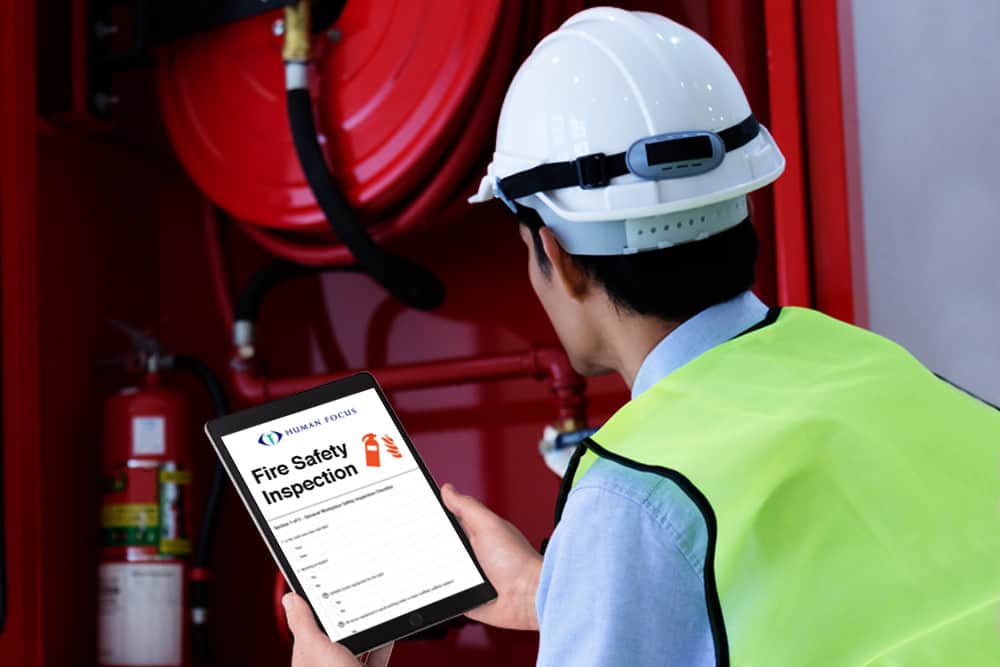
Employers have a legal duty to ensure a minimum level of fire hazards in their workplaces.
And most do so without ever seeing their fire safety measures tested. Fires are uncommon and most people will thankfully live their entire lives without experiencing the devastation of a fire.
But when a fire does happen, it can have disastrous consequences. Many small businesses never recover from the devastation caused.
That’s why it’s one of the most important risk controls for your organisation.
This guide will help you spot fire hazards in the workplace and use control measures to manage them. You’ll be able to fulfil your legal duties, help others understand their role in fire prevention and make your workplace safer.
What Does ‘Fire Hazard’ Mean?
The term ‘fire hazard’ can often be confused with ‘fire risk’ but they are distinct.
A fire hazard is something that could cause a fire. This could be faulty electronics or poorly stored combustible materials, for example.
A fire risk rating is an estimation of the likelihood of a fire starting because of the hazard that’s been identified, multiplied by the potential consequences. It’s essentially a measure of a fire hazard’s ‘harm potential’.
Understanding and managing fire hazards is critical to reduce fire risks in your organisation.
The Fire Triangle
Good fire safety isn’t about controlling the fire itself. To prevent a fire, you must manage the combined elements that start and sustain a fire. These elements are known as the fire triangle. Eliminate any of them and a fire will be extinguished or never begin.
The three parts of the fire triangle are heat, fuel and oxygen.
Heat/Ignition
A fire will start (ignite) if the material gets hot enough.
Ignition fire hazards provide the heat to start a fire.
Common ignition fire hazards include sparks from faulty electrical equipment, hot surfaces or open flames.
Fuel
The material that burns and keeps the fire burning.
These are known as fuel fire hazards.
Common fuel fire hazards include paper, wood and textiles. But it might surprise you just what can fuel a fire. Plastics, inks and even some metals will do it.
Oxygen
This sustains the chemical reaction that allows a fire to continue.
Sources of oxygen for fire include open doors and windows or air vents.
It’s impossible to eliminate these hazards from the workplace because, obviously, we need oxygen too. But you can control it to stop fire spread using measures such as fire doors. It’s still better to focus on managing ignition and fuel fire hazards, as these are easier to control.
Fire Hazards in the Workplace
Good fire safety depends on everyone. All members of your organisation need to know the hazards and what to do if they spot one. Most people have the sense to avoid common fire hazards. Still, becoming complacent is easy if fire safety is not a priority.
All workplaces are different so this list is not exhaustive. But it will get you thinking about your workplace and what you and your colleagues must do.
1) Combustible Materials
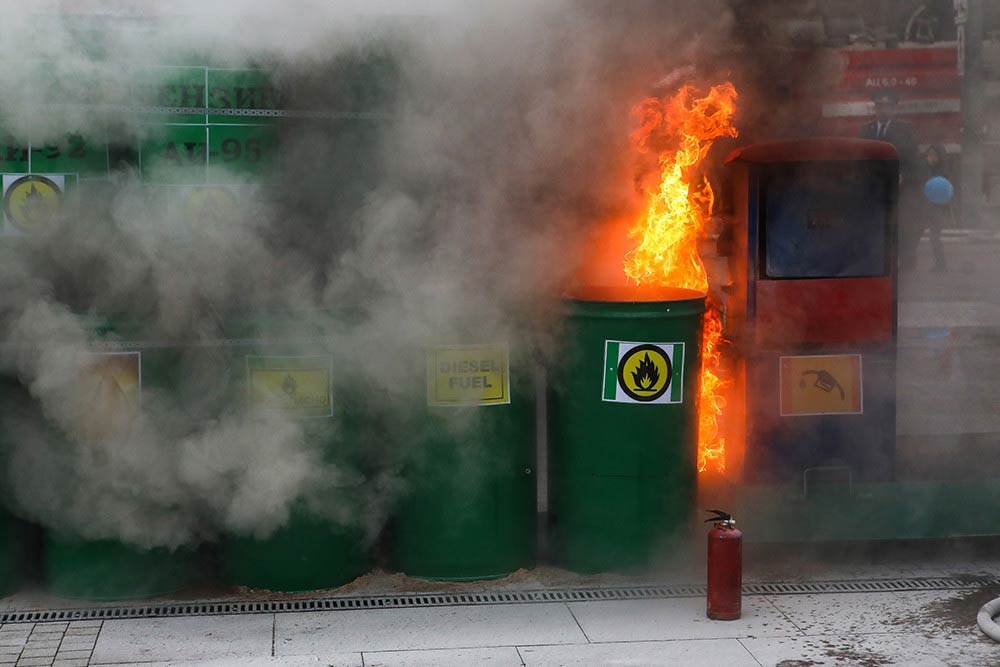
Hazard
Combustible materials such as paper, cardboard and wood are being stored unsafely or allowed to build up. These can act as fuel sources for fire if they come in contact with a heat source.
Control Measure
Store combustible materials safely away from heat sources. Make sure recycling bins and other areas for disposal are cleaned regularly to avoid a build-up of flammable clutter.
2) Overloaded Electrical Sockets or Extensions
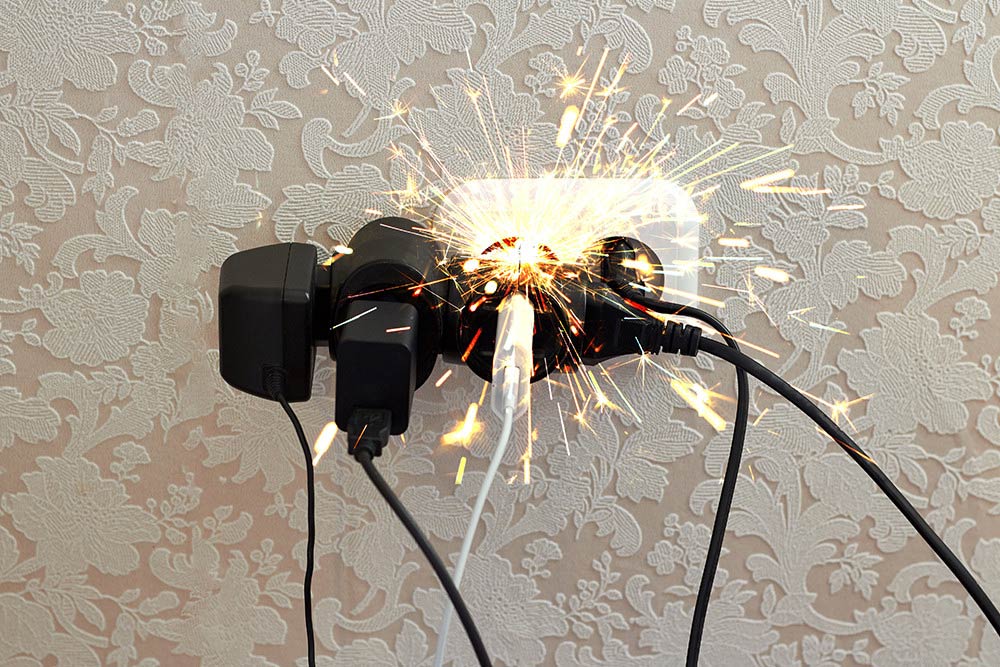
Hazard
Overloaded electrical sockets can get dangerously hot and act as the ignition source for a fire.
Control Measure
Check that your sockets and extension cables are not overloaded (an online current calculator can help you). Never plug extension cables into other extensions. Unravel long cables to prevent overheating.
Make sure staff understand the risks of overloaded sockets and know never to use one. It’s also essential they report any overloaded sockets immediately.
3) Faulty or Unauthorised Electrical Equipment
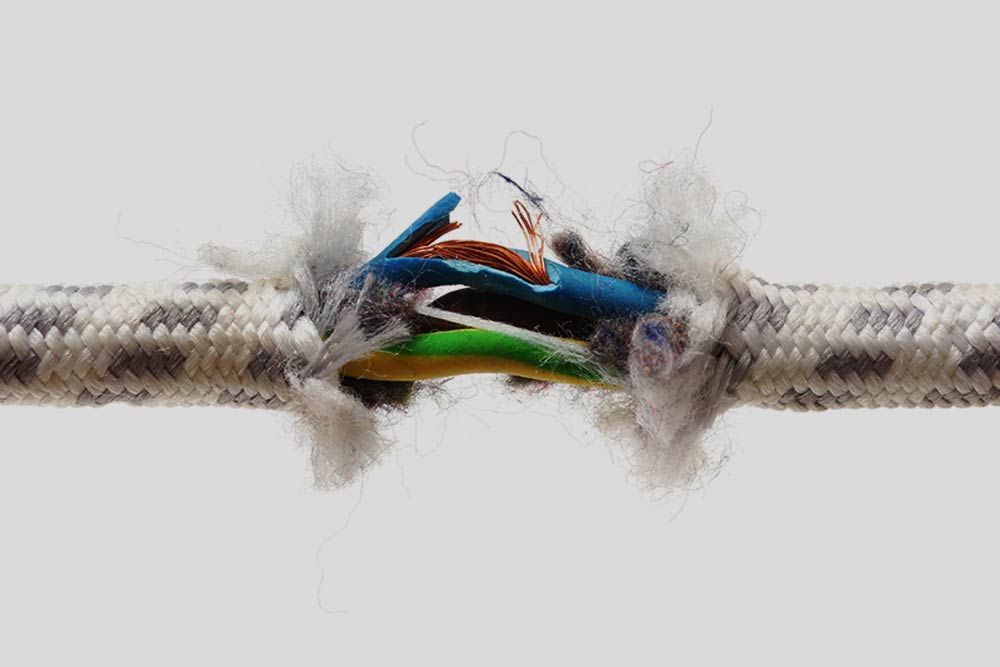
Hazard
Faulty equipment can overheat or spark, creating an ignition hazard. Staff may also bring in unauthorised devices that aren’t checked or safe.
Control Measure
Ensure all electrical equipment is well maintained and regularly PAT tested. PAT testing identifies electrical defects that could potentially start a fire. Tell staff they can only use personal electrical devices if cleared.
And again, make it clear no one should ever risk using faulty equipment. It’s also a shared responsibility to report any faults immediately.
4) Heat Sources

Hazard
Radiators, space heaters, and tools such as blow torches and heat guns can be a source of ignition. If close enough to a fuel source, these can generate enough heat to start a fire.
Control Measure
Consider how the devices are used and stored. Always separate heat sources from potential fuels such as paper or flammable liquids.
5) Cooking Equipment
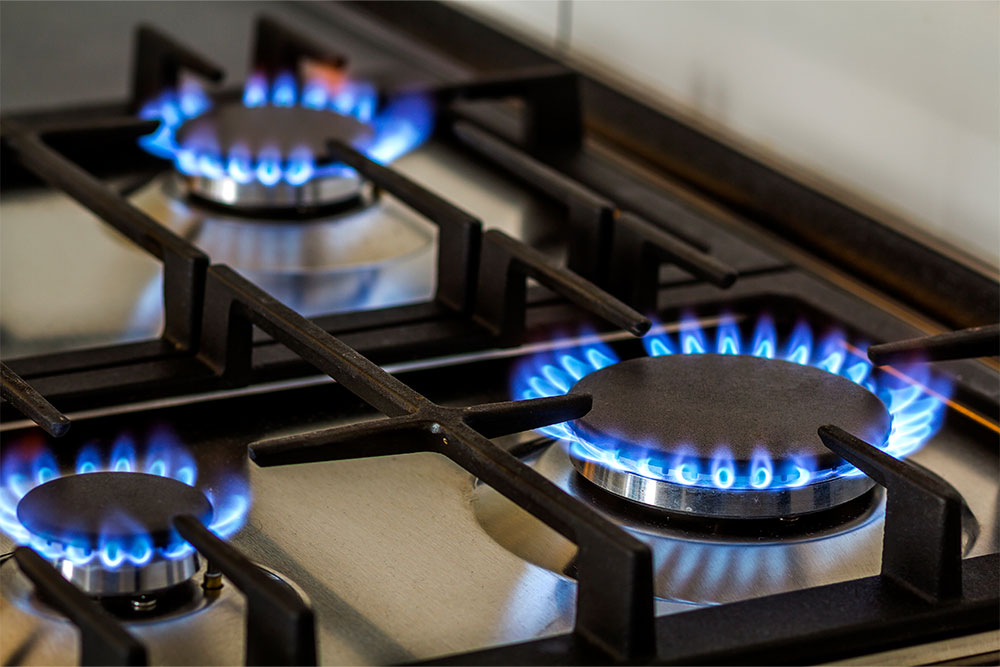
Hazard
Appliances such as ovens, microwaves and toasters are obvious heat sources. Poorly maintained devices can also build up dirt, grease or crumbs, which can all act as fuel sources for a fire.
Control Measure
Make sure any cooking equipment is checked and cleaned regularly. Clear out any grease traps or crumb trays and never allow faulty equipment to be used.
Make sure staff never leave appliances switched on unattended and report any potential hazards or faults they might spot.
6) Smoking
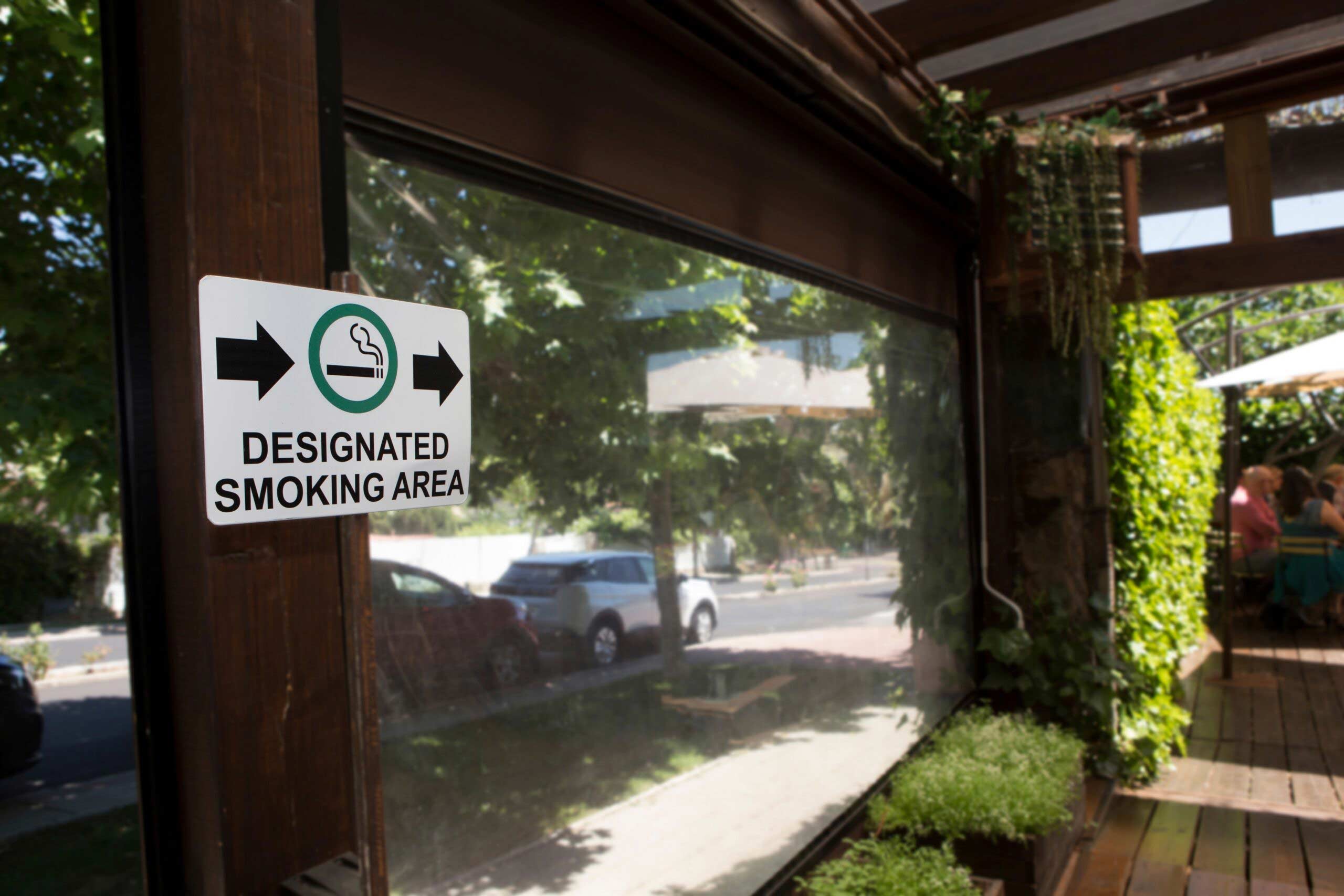
Hazard
Smoking in unauthorised areas or cigarettes being disposed of too close to combustible materials can start a fire.
Control Measure
While it isn’t a legal duty, setting up a designated smoking area for your employees is suitable for fire safety. Smoking areas should be a safe distance from the building and clearly defined with signage. This should prevent smoking in unauthorised areas where the risk of a fire is much greater.
7) Flammable Liquids and Gases
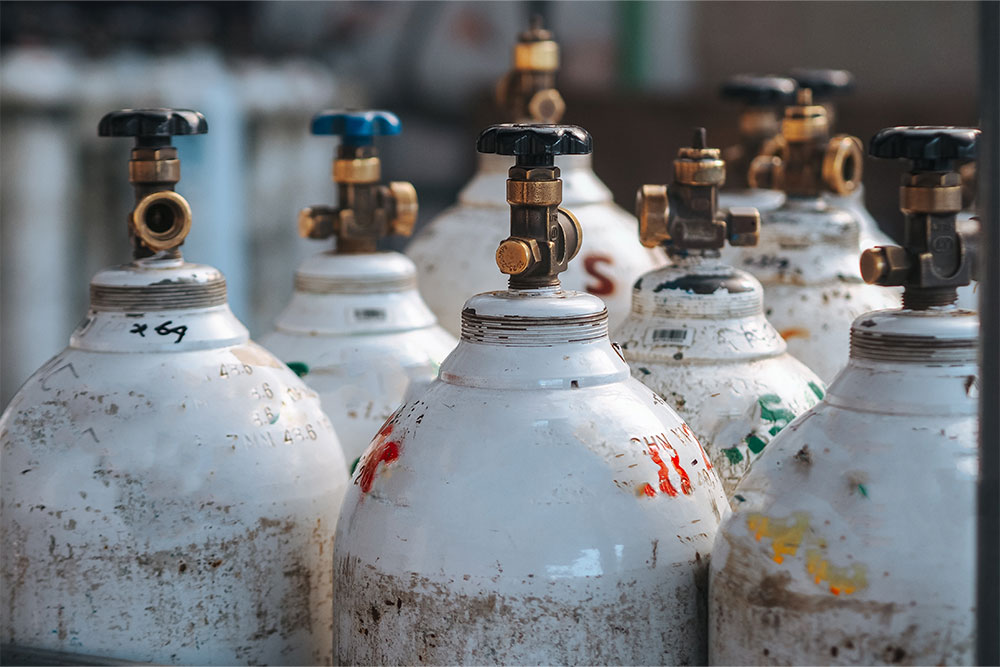
Hazard
Flammable liquids and gases that are stored or disposed of improperly can fuel a fire. These are potentially extremely dangerous as they burn quickly and can become explosive.
Control Measure
Store flammable liquids and gases safely away from potential heat sources. Provide spill kits and ensure all staff working with flammable liquids and gases have been adequately trained.
8) Unclear Reporting Procedures
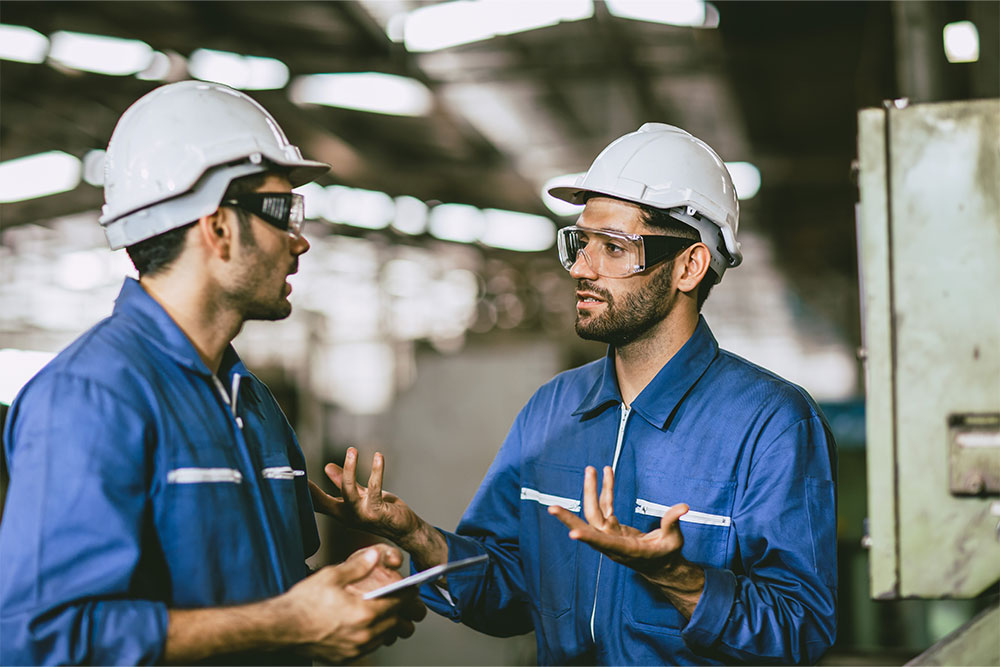
Hazard
Fire hazards go unreported because staff are either unsure of who to speak to or are unaware of their responsibilities.
Control Measure
Setting clear procedures for reporting fire hazards and encouraging staff to speak up is essential. Create a constant vigilance culture and regularly remind staff that fire safety is everyone’s responsibility.
9) Poor Housekeeping
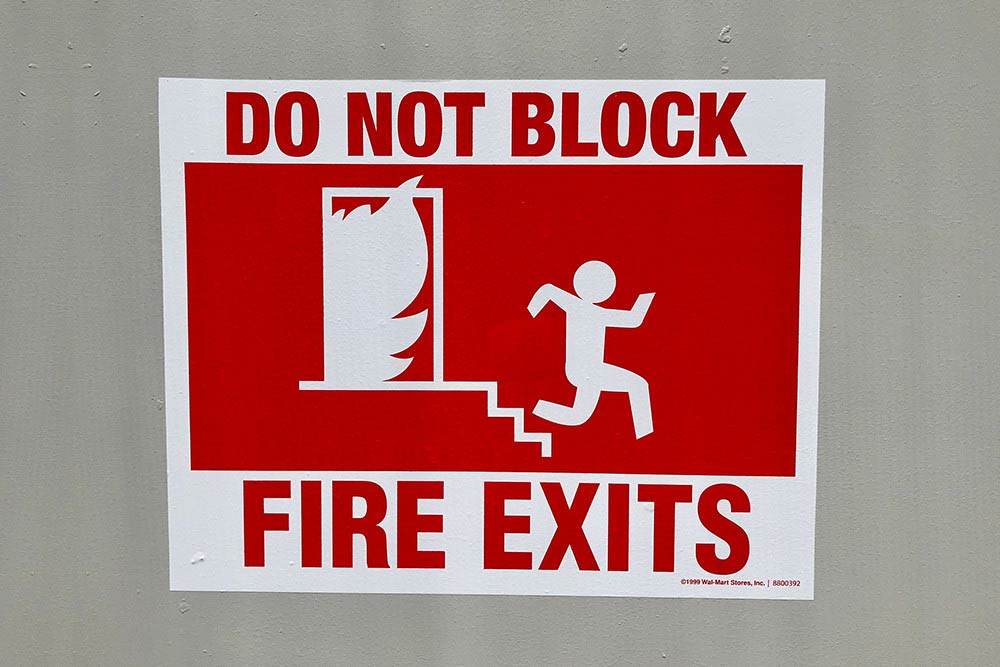
Hazard
This can cover several issues but generally involves staff leaving the wrong things in the wrong places. A build-up of flammable rubbish or careless disposal of combustible materials can start fires or help them spread. Poor housekeeping can also obstruct fire exits or prevent access to extinguishers or alarm call points.
Control Measure
Ensure staff are properly trained in fire safety and understand what’s expected of them. Look out for bad habits that develop and clearly explain why they’re dangerous. This will only work if all staff contribute. Remember, fire safety is a shared responsibility.
10) Unrehearsed Fire Procedures

Hazard
Staff don’t know what to do in the event of a fire. The risk of loss of life is significantly increased if employees don’t know where fire exits are or how to evacuate the workplace safely.
Control Measure
Ensure there’s an evacuation plan in place and it’s regularly rehearsed. Knowing what to do helps minimise panic in the event of a fire to ensure the process runs smoothly and safely. Drills are also an invaluable opportunity to test your evacuation plans and ensure they’re effective.
Fire drills should happen at least twice a year but this depends on the size and nature of your organisation. Suppose you have some shift workers, for example. In that case, you’ll need to ensure every shift employee gets the opportunity to participate in enough fire drills.
How You Can Keep Your Workplace Safe from Fire
While a fire needs heat, fuel and oxygen to spread, they’re often caused, or made worse, by careless mistakes. Recognising and managing fire hazards is key, but knowledge and good habits are the best tools for effective fire prevention.
You have a duty to adequately train your staff in fire safety. And all employees must know essential fire prevention and safe evacuation procedures.
Use our Fire Awareness Training to give your employees vital knowledge of common fire hazards and the control measures to manage them. Enrolling staff in regular training is one of the best ways to keep them vigilant and committed to fire safety.
